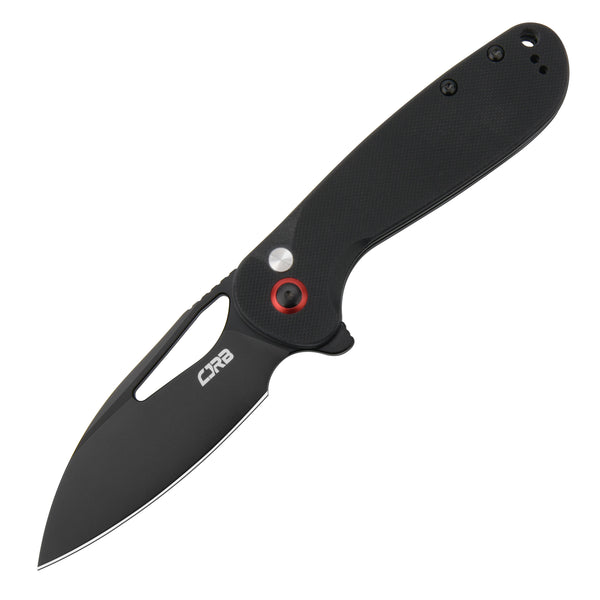When it comes to the world of knives and blades, the Wharncliffe blade design holds a special place. Its unique shape and functionality have made it a popular choice for various cutting tasks. Let's delve into the fascinating history and evolution of the Wharncliffe blade design to gain a deeper understanding of its significance.

Origins of the Wharncliffe Blade
The history of the Wharncliffe blade design can be traced back to the 19th century in England. It is believed to have originated from the traditional Sheffield and IXL knife-making industries. The design was named after the Wharncliffe family, who were prominent figures in the English nobility at the time. The distinctive straight edge and pointed tip of the Wharncliffe blade made it well-suited for precise cutting and slicing tasks, earning it a reputation for its practicality and efficiency.
Evolution of the Wharncliffe Blade
Over the years, the Wharncliffe blade design has undergone several evolutionary changes to meet the diverse needs of users. Modern advancements in materials and manufacturing techniques have allowed for the refinement of the blade's shape and edge retention. Additionally, the integration of ergonomic handles and locking mechanisms has further enhanced the usability of knives featuring the Wharncliffe blade design. These developments have cemented the Wharncliffe blade's status as a versatile tool for everyday use, outdoor activities, and specialized professions.
Characteristics of the Wharncliffe Blade
The Wharncliffe blade design is characterized by its straight edge that extends from the handle to the tip in a linear fashion. This feature distinguishes it from other blade designs such as the drop point and clip point. The straight edge of the Wharncliffe blade provides excellent control and precision during cutting, making it ideal for tasks that require accuracy and clean cuts. Furthermore, the absence of a curved belly on the blade allows for maximum cutting contact with the material, resulting in efficient slicing and chopping.
Applications of the Wharncliffe Blade
Due to its unique shape and cutting capabilities, the Wharncliffe blade design has found applications in various fields. From woodworking and crafting to emergency rescue and tactical operations, knives equipped with the Wharncliffe blade have proven to be indispensable tools. The straight edge lends itself well to tasks that involve scoring, push cutting, and detail work. Additionally, the Wharncliffe blade's tip strength makes it suitable for piercing and controlled penetration, adding to its versatility in different scenarios.
In conclusion, the history and evolution of the Wharncliffe blade design showcase its enduring relevance and adaptability in the realm of cutting tools. Its distinctive features and practicality have solidified its position as a sought-after blade design for a wide range of users. Whether for professional or recreational use, the Wharncliffe blade continues to captivate enthusiasts and professionals alike with its rich heritage and functional design.







